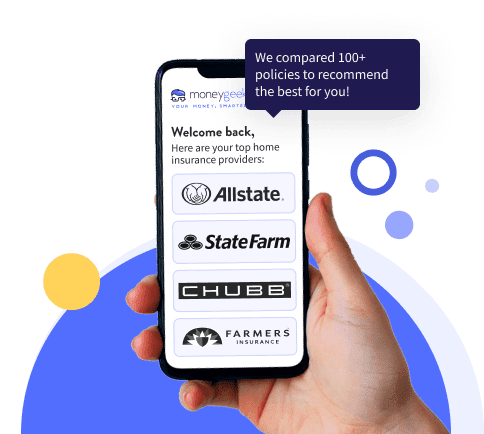Flood damages aren’t typically covered by homeowners and renters insurance. Nonetheless, flooding is a threat in most locations, so getting flood insurance is strongly recommended to protect your home and personal property.
This is especially true in Montana, where various counties are moderate- and high-risk flood zones. It’s strongly advisable to get a flood insurance policy if you’re living in the state since just an inch of water can cost up to $25,000 in damages, based on data from the Federal Emergency Management Agency (FEMA).
Aside from your location, your coverage preferences and individual property risk factors affect your flood insurance prices. This may include your house’s structure, elevation, replacement costs and flood frequency.















